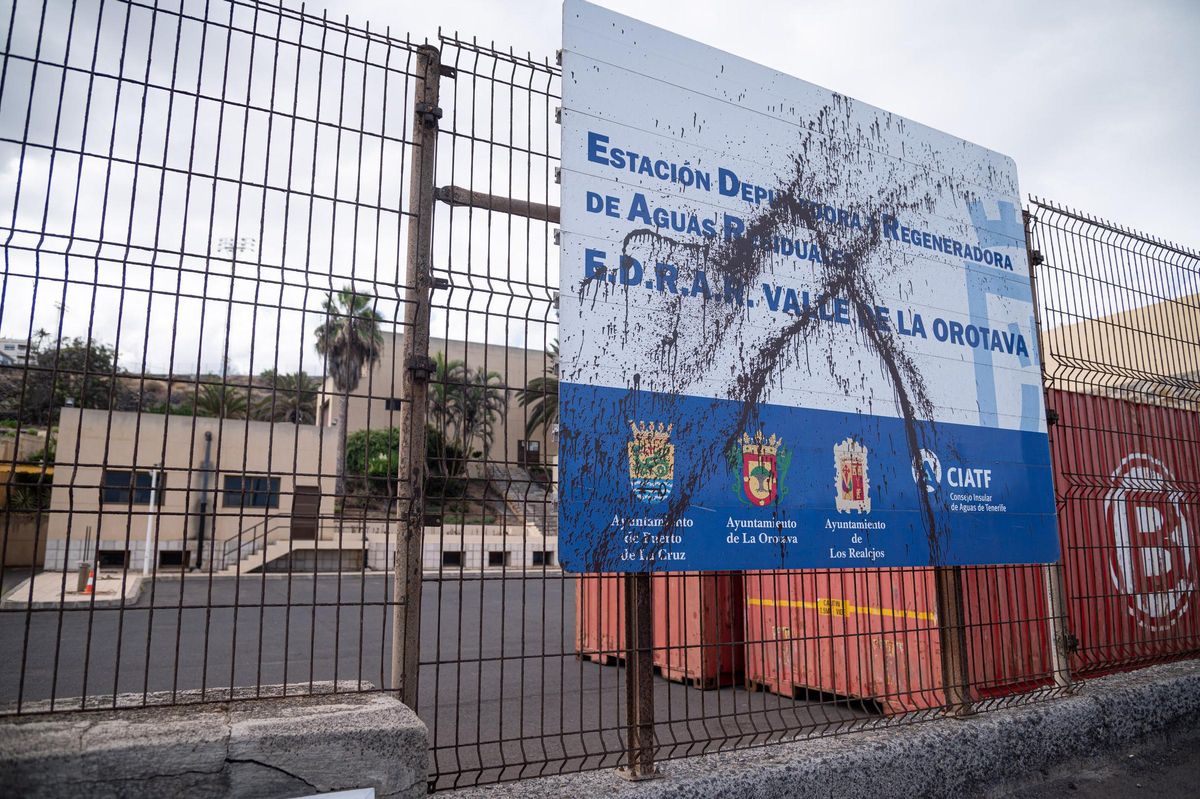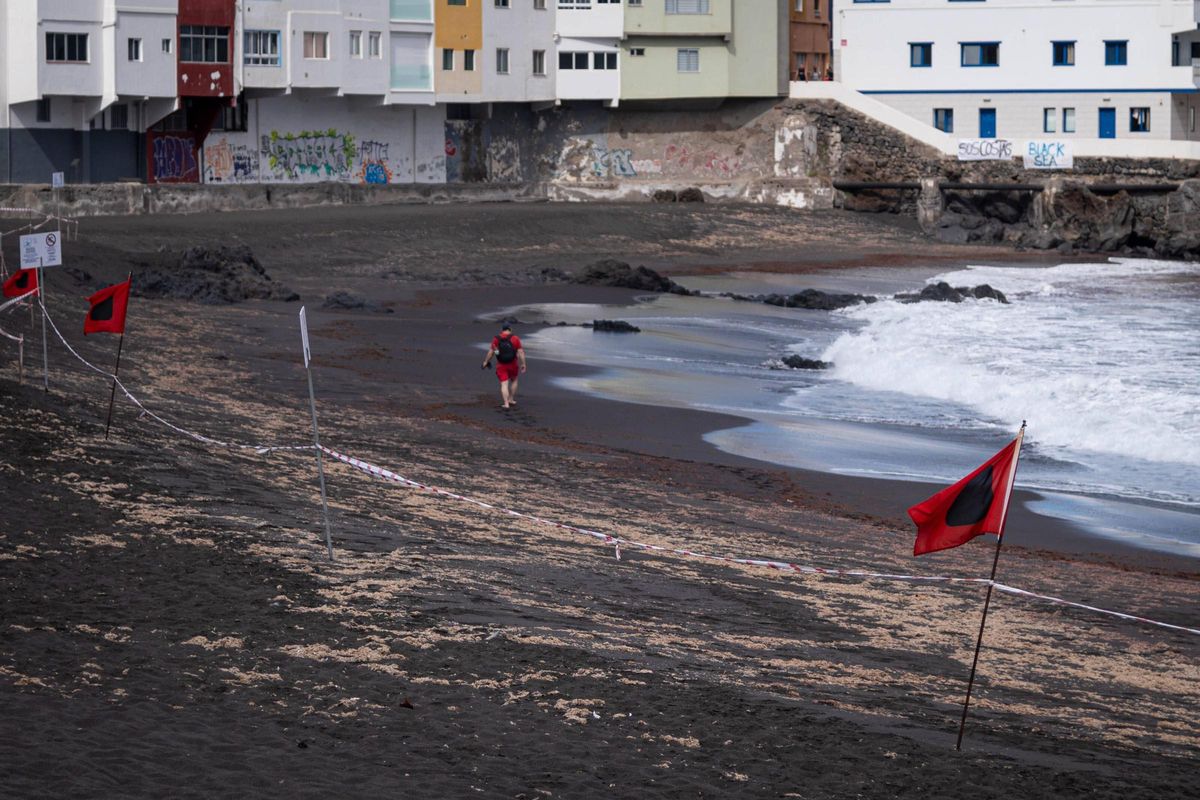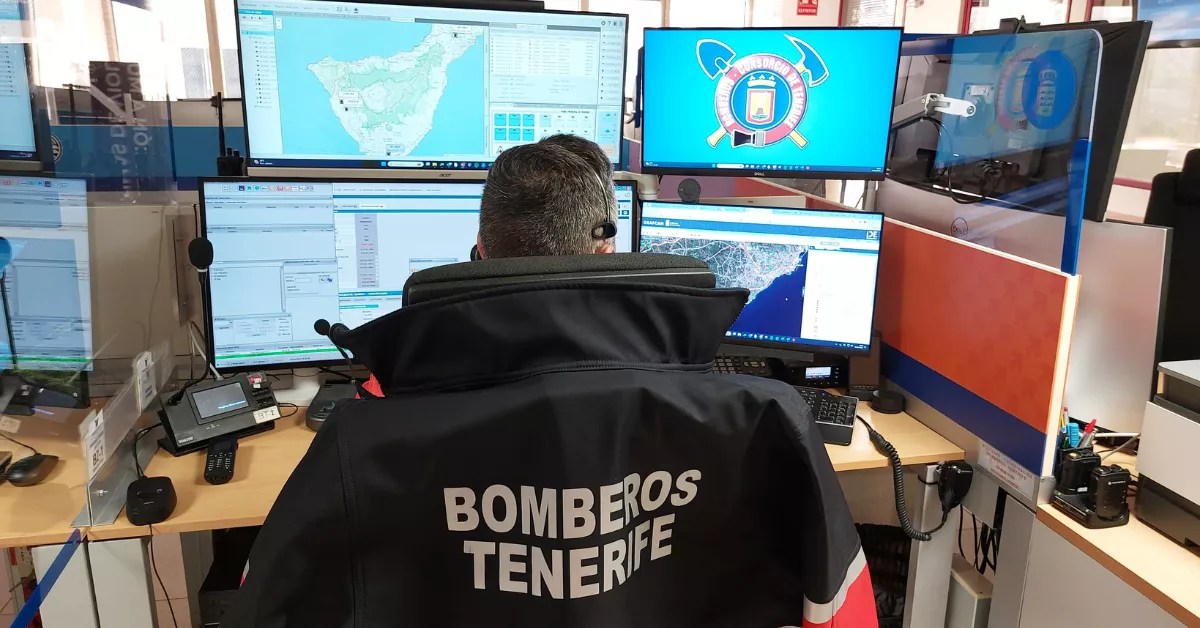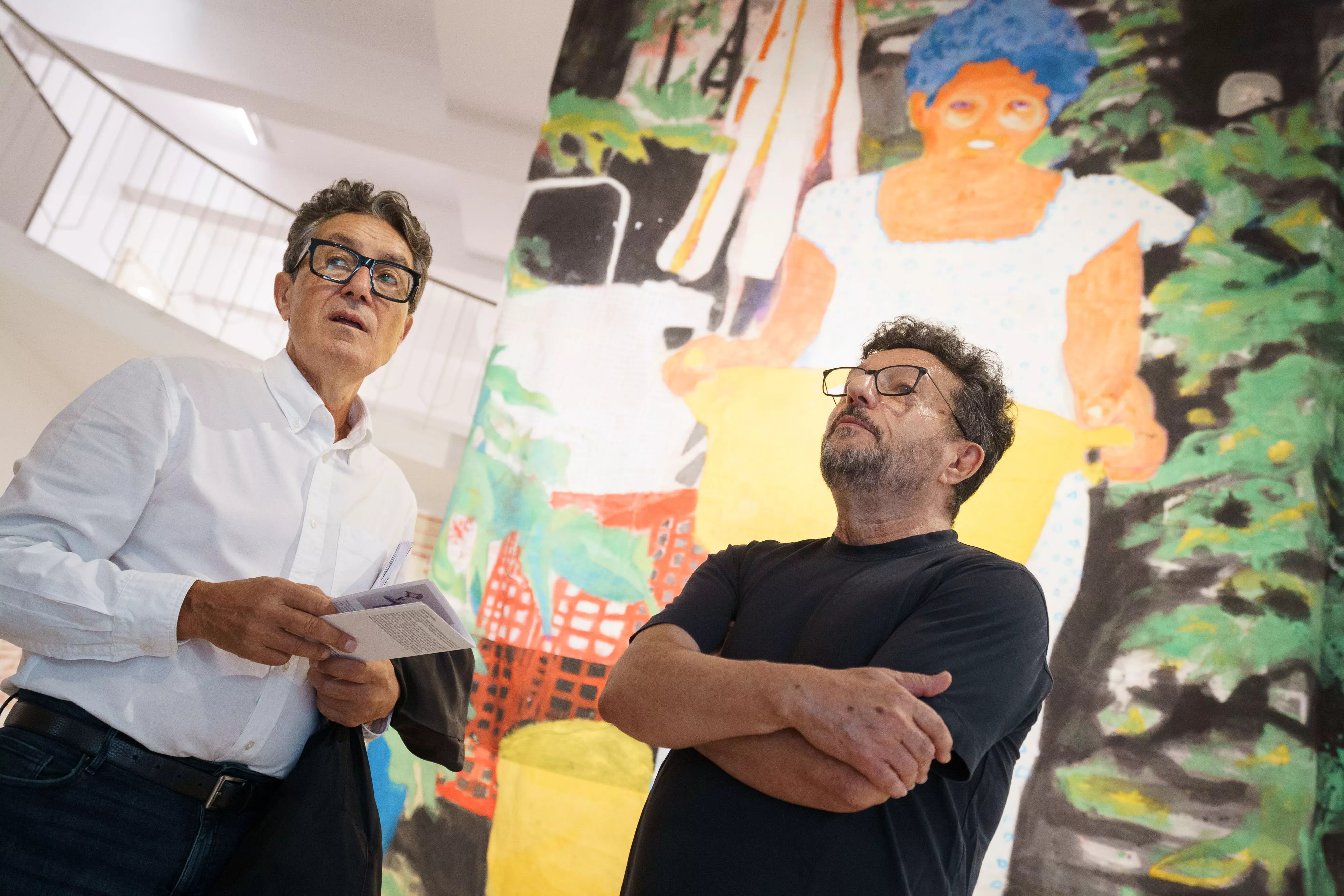Tenerife takes a decisive step to resolve its main environmental problem related to wastewater discharges into the sea. The Cabildo of Tenerife announced this Thursday that it begins the process to put out to tender the construction, for 25 million euros, of a new treatment plant to replace the current one located in Punta Brava.
The poor conditions of the Punta Brava treatment plant, which fails to comply with the European directive on wastewater treatment and has become too small for all the sewage it receives, are one of the reasons for the discharges that led to the closure of Playa Jardín, the main bathing area of Puerto de la Cruz, almost 11 months ago on June 3rd.
Tender
The Cabildo reported this Thursday, May 29, in a statement that the Tenerife Island Water Council, an organization dependent on the Insular Corporation, has initiated the tender process to build the new Punta Brava treatment station, right next to Playa Jardín.
The announcement has already been sent to the Official Journal of the European Union where its publication is expected in the coming days. The project has an investment of 25 million euros and a scheduled execution period of 37 months. Once officially published – which usually takes between 24 and 72 hours – the period for interested companies to submit their offers will open. It will remain open until July 1.
An important step
The president of the Cabildo of Tenerife, Rosa Dávila, stated that “this action represents a very important step in solving a structural problem that has been affecting the northern region for years and is related to discharges and the deficient treatment of wastewater.”
A report from the Government of the Canary Islands offered last March the first official diagnosis of the origin of the contaminant discharges into the sea at Playa Jardín which forced theclosure of the three coves of this complex in Puerto de la Cruz on July 3rd last year.

Treatment plant in Punta Brava, in Puerto de la Cruz, to be replaced by a new plant whose construction will be tendered immediately. / Arturo Jiménez
Among the four causes pointed out in the document is the poor functioning of the Punta Brava treatment plant. The report also points out the rupture of the outfall of this same treatment plant – in the process of being repaired -, the serious deficiencies of the sanitation network in the Punta Brava neighborhood, and the poor functioning of three overflow systems, El Caletón, Playa Chica, and Playa Jardín.
An obsolete plant
This plant, built in the early 90s to decontaminate the sewage of Puerto de la Cruz, to which those of La Orotava, Los Realejos, and part of Santa Úrsula were later added, has been non-compliant with Europe for at least three years.
However, the multiple warnings about its inoperability that have been made over the past 15 years have been ignored by the administrations. An environmental report from 2022 by the Island Water Council, included in the new treatment plant construction project on the site where the current one is located in Punta Brava, issued a clear warning: the station “lacks the capacity to meet the requirements of the European Directive 91/271 on urban wastewater treatment.”
Non-compliance with Europe
The document adds that “this plant, after the years that have passed and the high actual biological load of the collected flows, is at the end of its useful life, dealing with great difficulties in a flow that oscillates between 6,500 and 7,000 cubic meters per day.”
Faced with this situation, the new insular government of CC and PP sped up the process. Hence, the project is about to be put out to tender. Although it is a long-term solution, it is essential to ensure that the discharges that contaminated the waters of Playa Jardín do not happen again.

Red flags indicating the ban on swimming at Playa Jardín, in Puerto de la Cruz. / Arturo Jiménez
The improvement in the analytics has led the Government of the Canary Islands and the City Council to predict that it will reopen next June, although they are awaiting to see if this measure can finally be adopted.
More than 100,000 people from the municipalities of La Orotava, Puerto de la Cruz, Los Realejos, and part of Santa Úrsula (Camino de La Villa) will directly benefit from this new infrastructure on the same land where the current plant is located, officially known as the Valle de La Orotava regional treatment plant.
A great effort
The Councilor of Natural Environment and Sustainability, Blanca Pérez, highlighted that “the entire team of the Tenerife Island Water Council is making a great effort to move forward with these infrastructures as they are strategic for water treatment and resolving discharge issues as well as regenerating water for agricultural use, as is already being done in several areas of the island.”
More than 100,000 people from the municipalities of La Orotava, Puerto de la Cruz, Los Realejos, and part of Santa Úrsula will directly benefit from the new Punta Brava treatment plant
In this first phase, the installation will have tertiary treatment and the capacity to treat up to 10,000 cubic meters of water per day, equivalent to filling four Olympic swimming pools every day.
During the execution of the works, the current treatment plant will remain operational at all times, ensuring service continuity. Additionally, the pretreatment system has been designed to handle up to 20,000 cubic meters daily, allowing for adaptation to future expansions without altering the current layout.
First and second phase
The project already includes a second phase, currently in approval procedures, which will incorporate a system for desalinating treated waters through reversible electrodialysis. This technology will provide excellent quality water for reuse, especially in agricultural irrigation in the north of the island, promoting more sustainable and efficient water resource management.
Simultaneously, the Cabildo of Tenerife continues to advance in another key action for the northern sanitation system, the rehabilitation of the submarine outfall of this same treatment plant. This infrastructure is responsible for safely conducting the water already treated at the regional treatment plant to the sea.
The Island Water Council has already selected the company that will carry out the improvement works on the Punta Brava submarine outfall. This process began on April 16, when the tender was published.
The intervention includes the replacement of a 240-meter section, currently deteriorated and made of fiberglass-reinforced polyester, with a new high-density polyethylene conduit, a more resistant and durable material. “The goal is to improve discharge conditions and enhance the security of this essential infrastructure without altering its original layout,” explains Blanca Pérez.
Subscribe to continue reading















